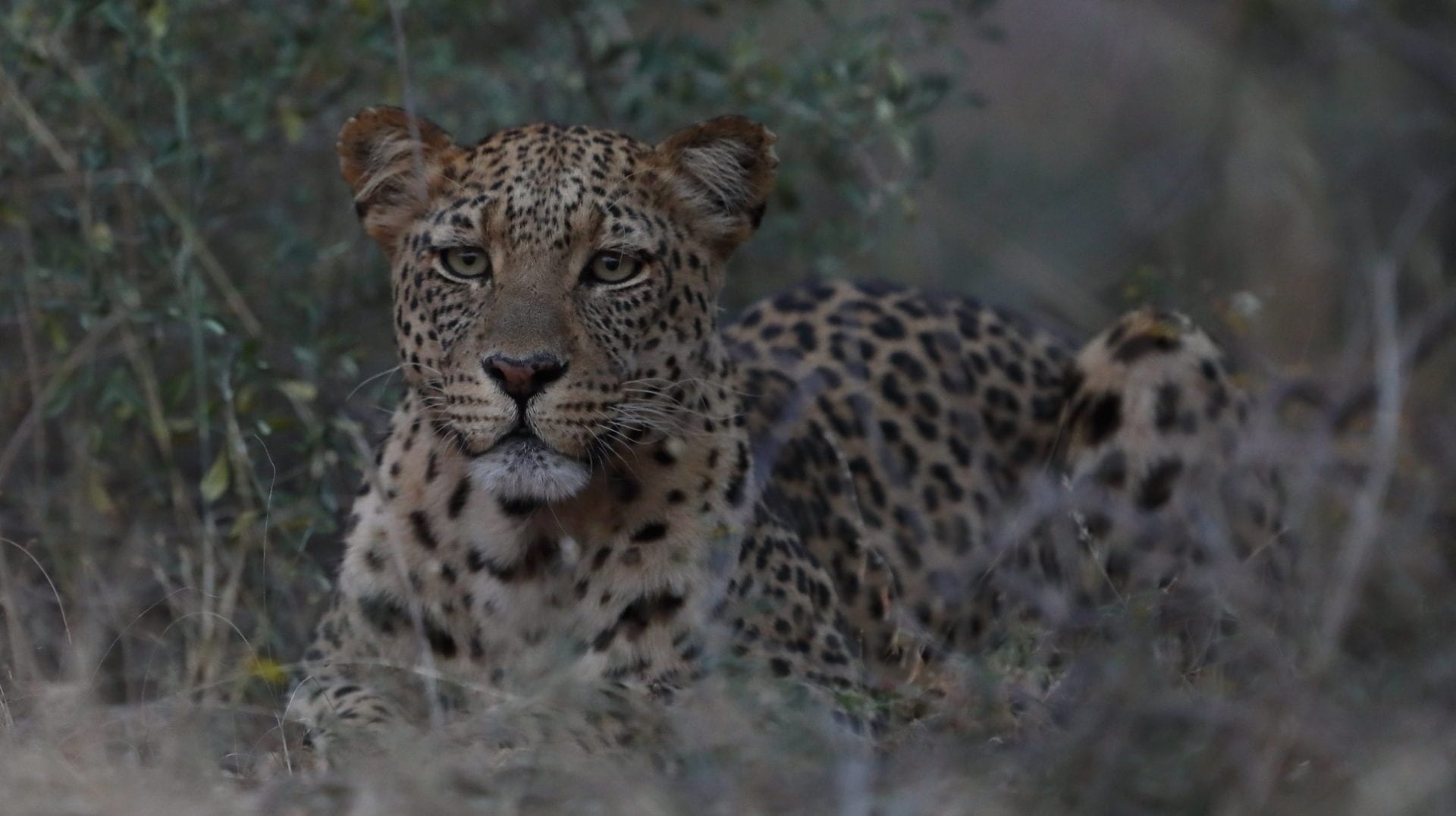EXPLORING THE FACINATING WORLD OF CAMOUFLAGE IN NATURE
The classic idea of camouflage is a unique, cryptic colour-pattern combination of an organism that enables it to blend into its environment to escape detection. This ability to blend in has the obvious benefit of helping to avoid being eaten or, as is the case with predators such as leopards, to help avoid detection so that they can get closer to their prey.
Leopards are regarded as being amongst the best camouflaged African predators. Coupled with their stealth and cunning, this makes them incredibly successful hunters.

Apart from escaping visual detection, camouflage may also help in other ways. Although a zebra’s stripes at first glance appear to make the animal easily visible (at least to the human eye), a theory has been suggested that once a predator begins chasing a herd, the “dazzle” effect of a number of zebras’ stripes may confuse the predator and give the zebra a greater chance of escaping.

Invertebrates are amongst the best camouflaged organisms on earth. Some well-known examples are leaf-mimicking butterflies and praying mantids that resemble flowers to escape detection. The robber fly, for example – a voracious predator on other aerial insects – blends in remarkably well with its immediate environment.
The antlion is another beautiful example of the remarkable degree of camouflage some animals resort to in order to escape detection.
Behaviour and camouflage go hand-in-hand – keeping still greatly assists and increases the effectiveness of camouflage as most predators are quick to detect movement. As long as the prey animal remains stationary, it has a higher chance of not being discovered by a potential predator. Toadhoppers, for example, are very difficult to spot unless they actually move. And unlike most grasshoppers that will fly off at the first inkling of danger, these fascinating creatures do just what their name implies – they hop off much like a toad would do because they’ve lost the ability to fly! Despite their excellent camouflage, toadhoppers still fall prey to a wide variety of predators, from birds like shrikes, to jackals and scorpions.


